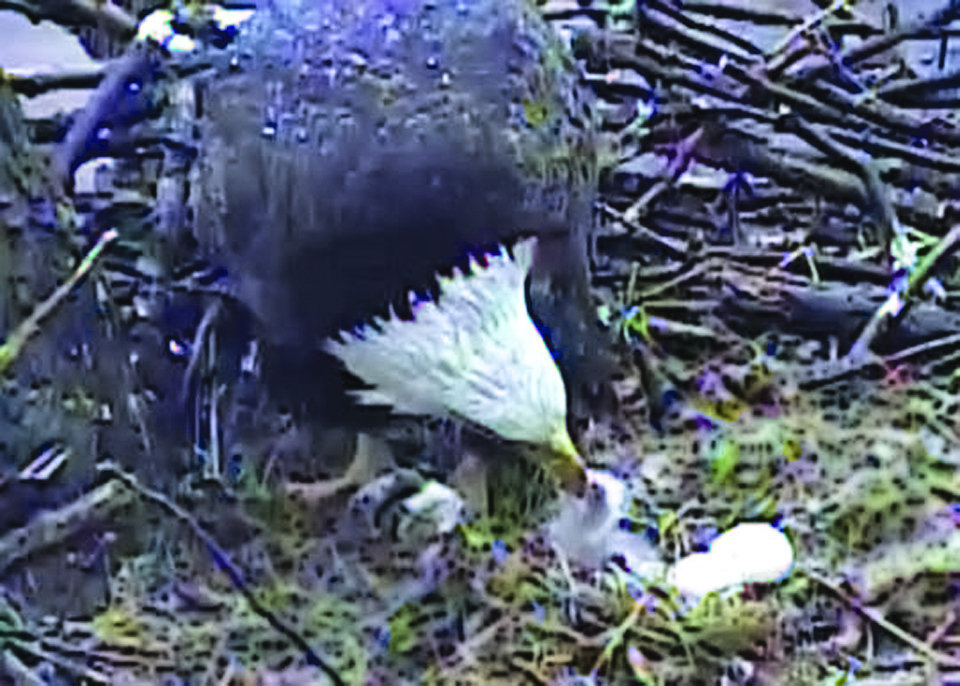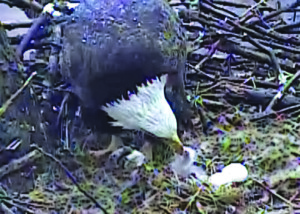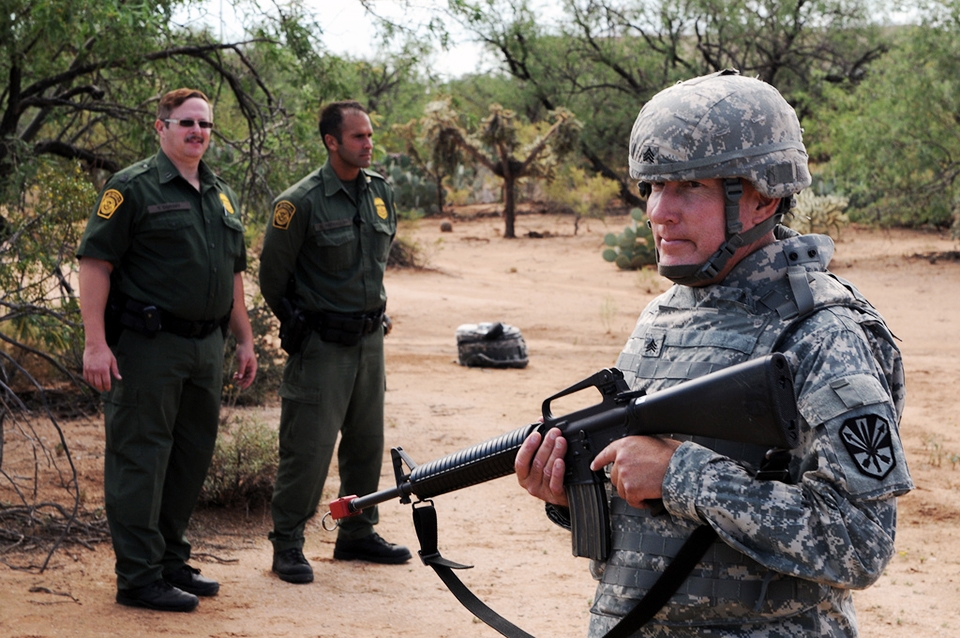

By Brittney Jackson | The Duquesne Duke
Less than three miles away from campus, the first two bald eagles to nest in Pittsburgh in 200 years just welcomed three new, healthy eaglets to their family.
The first eaglet hatched on March 28 and the second eaglet hatched two days later. The third hatched Wednesday at 2:49 p.m.
The nest is located in Hays on the Monongahela River, close to the Three Rivers Heritage Trail. There are only two other eagle families in the area, which are both located in Allegheny County.
According to Jim Bonner, executive director of Audubon Society of Western Pennsylvania, bird watchers and members of the community started reporting eagle sightings last year and Audubon confirmed the sightings.
Bonner said there have not been bald eagles in Pittsburgh for the past 200 years because of industrialization, development and DDT, a pesticide. The pesticide affected the eagles’ eggshells and caused them to break during the incubation period, the time between when the female lays the eggs and the eggs hatch.
When DDT was banned in 1973, there were approximately 50 nesting pairs of eagles left in the United States, not including Alaska, Bonner said. Now, there are approximately 200 nesting pairs in Pennsylvania.
Bonner said the two baby eaglets look very healthy. He called them “little fuzzballs” that are grayish in color and have disproportionately large heads.
There are a lot of optimal habitat locations for eagles in Pittsburgh, according to Gary Fujak, wildlife conservation officer for the Pennsylvania Game Commission. Fujak said he expects the eagle population to continue growing, and that the population growth indicates that Pittsburgh’s rivers are cleaner and less polluted. This is important because rivers, filled with fish, are a major food source for eagles.
Bonner said that the eagle population in Pennsylvania is growing 12 percent each year without any reintroduction efforts.
People can observe the eagles online via web-camera on PixController’s website. PixController has worked with the Game Commission for the past six to seven years working on nature cameras.
According to Bill Powers, president of PixController, setting up the webcam near the eagles’ nest was a “long hard process.” The area near the eagles’ nest lacked power and wireless service.
Powers said PixController installed a rechargeable battery that runs on solar power 300 feet from the eagles’ nest. PixController is currently streaming 12 other similar nature cameras.
Powers said he thinks the webcam benefits the Pittsburgh community.
“It’s a great way to show that our national symbol is here in Pittsburgh, that Pittsburgh has recovered from the industrial era and nature was able to rebound, and it’s a great educational benefit for people to see this life without disturbing nature,” Powers said.
Fujak said the webcam is a “great thing” that increases interest in the activity of wildlife observing.
Fujak said that people watching the 24/7 webcam can see things like the mother eagle chasing a raccoon away from the nest or feeding the eaglets chunks of fish.
“[The camera] has given us a great insight to the nesting pairs of bald eagles in Pittsburgh and what they do,” Fujak said.
Students can visit PixController’s website to access the webcam.




